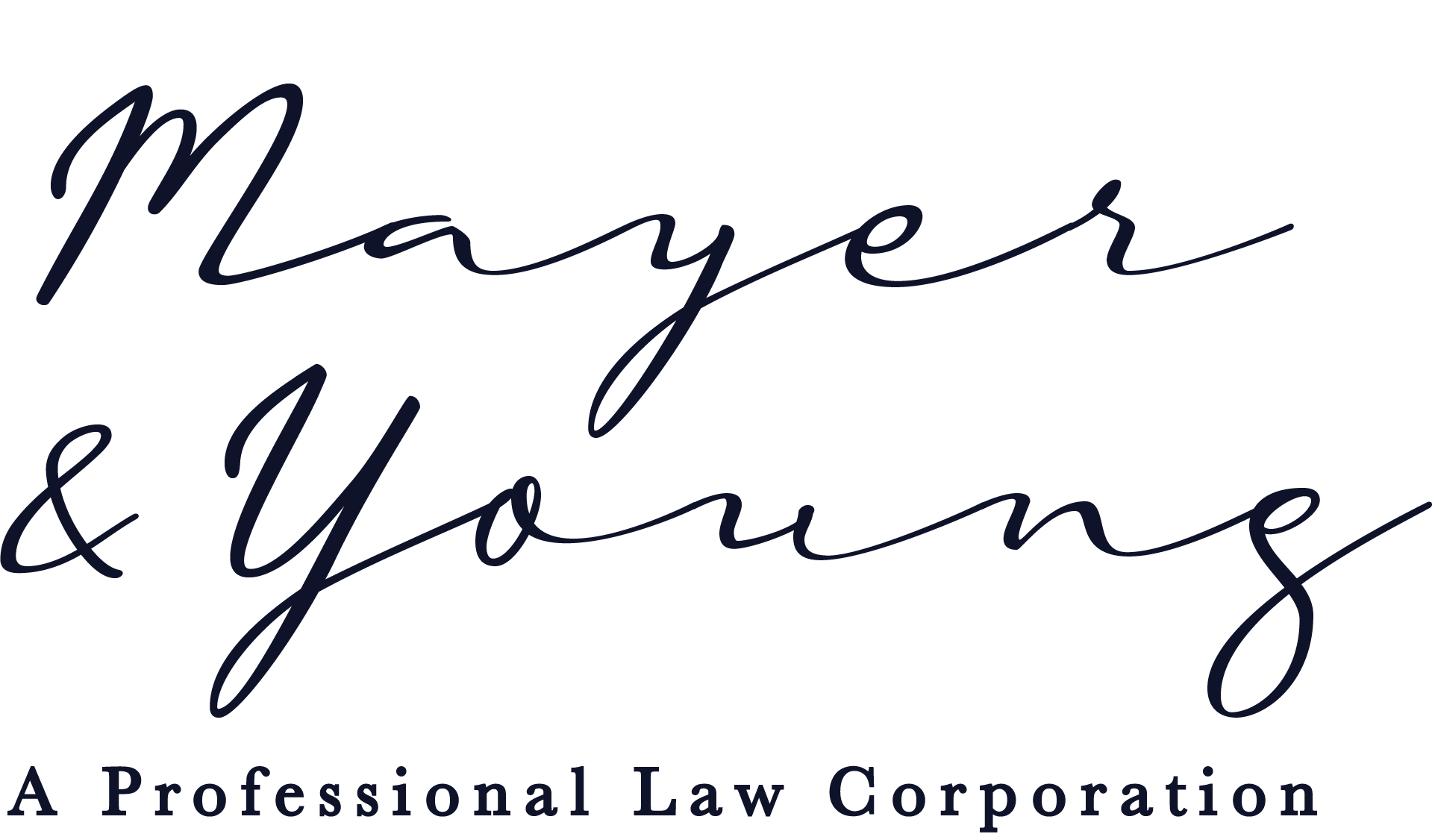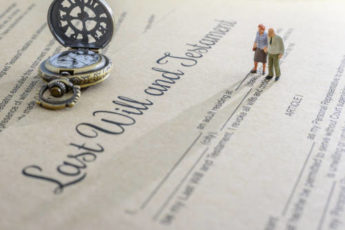When someone dies without a will in California, the first question that needs answering is how much the person has in probate assets. This amount will help determine whether the deceased person has a “small” estate” or a “large” estate. California has a threshold for what is considered small vs. large, which as of 2021, is $166,250.00.
If the estate is above $166,250.00, it is considered a “large” estate in California and for the asset to pass from the deceased person to the next, you would have to go through the probate court and the probate process. If the estate is below the $166,250.00 it is considered “small” and the person who is rightfully able to inherit would simply fill out a small estate affidavit, which is detailed below.
What are Probate Assets?
Probate assets include everything that a person owns at death that is not excluded by law as a non-probate asset. Occasionally there can be cross-over between the two definitions. For example, if you were to have a retirement account that would be a non-probate asset if you have a designated beneficiary to takeover that account. If that beneficiary has passed away and a contingent beneficiary was not named, then that retirement account becomes a probate asset.
What Are Non-Probate Assets?
Assets held in a trust, in joint tenancy, beneficiary designated assets, such as life insurance, vehicles, boats, RVs, et cetera, fall under non-probate assets. For example, even if a person has a couple of $50,000 cars, they are not going to go through probate to transfer them to next beneficiary as long as the value of the remaining probate assets allow for the estate to be considered “small”.
What is a Small Estate Affidavit?
A Small Estate Affidavit form says the beneficiary is swearing under penalty of perjury that they are the rightful person to inherit the estate. They are asking wherever the money is held to be transferred into their name. When the form is signed, banks and other financial institutions will transfer the liability from themselves to the beneficiary based on this affidavit. The person who fills out that form is dependent on where they fall in the hierarchy of intestacy. For example, the deceased person was married and had one child. Half of that account would belong to the surviving spouse. The other half would go to the deceased spouse’s child. If they had two children, a third will go to the surviving spouse and two thirds would be divided between those two children.
What Happens When an Estate is “Large”?
If a person’s estate is considered “large”, then probate is required, and the second question becomes who inherits? This depends on whether a person is married, or in a registered domestic partnership, or single. Trying to figure out who is actually entitled to inherit can be confusing and complex. In addition, many of the terms below carry with them a legal definition, which is not included for brevity.
Who Inherits a Married/Domestic Partnership Person’s Estate?
If a person is married or in a registered domestic partnership when they die, all of their community property (and/or quasi-community property) passes to the surviving spouse or registered domestic partner. As for a married person’s separate property, this depends on whether the deceased person had living children or their lineal descendants (also called “issue”), parents, siblings, or their issue.
If the deceased person had no children or their issue, parents, siblings, or their issue, then separate property passes as follows:
- 100% to the surviving spouse.
If the deceased person had one child or their issue, parents, siblings, or their issue, then the estate is divided as follows:
- One-half (1/2) to the surviving spouse or registered domestic partner
- One-half (1/2) to the child or their issue, if none then to their parents, if none then to their siblings and/or their issue
If the deceased person had two or more children, then the estate is divided as follows:
- One-third (1/3) to the surviving spouse or registered domestic partner
- Two-thirds (2/3) to the children or their issue
Who Inherits a Single Person’s Estate?
If a person is single when they die, the distribution of their estate follows the order of priority below:
- First to the deceased person’s children and if a child has died before their parent, then what would have gone to that child is instead distributed to their children. For example, if a person had two living children and one deceased child with two children (aka grandchildren), the estate would be divided as follows:
- 1/3 to Child One
- 1/3 to Child Two
- 1/6 to Grandchild One
- 1/6 to Grandchild Two
- Second, if the deceased person had no surviving issue, then to the deceased person’s surviving parent or parents.
- Third, if the deceased person had no surviving issue or parents, then to the issue of the deceased person’s parents (aka siblings) or to a deceased sibling’s issue (aka nieces/nephews).
- Fourth, if the deceased person had no surviving issue, parents, siblings, or their issue, then to the deceased person’s grandparents or issue of a grandparent (aka aunt/uncle).
This continues until the nearest living relatives of a deceased person are located.
If you are ready to start the process, please contact us. At Mayer & Young, PC we are dedicated to helping our clients through the will process and to create a healthy and happy future.





